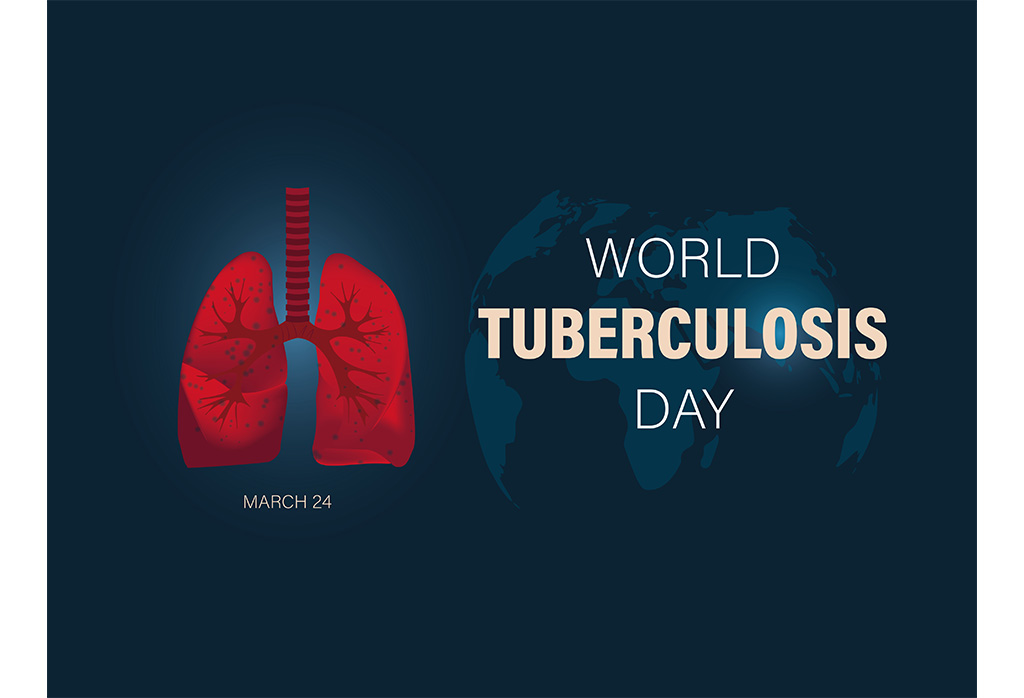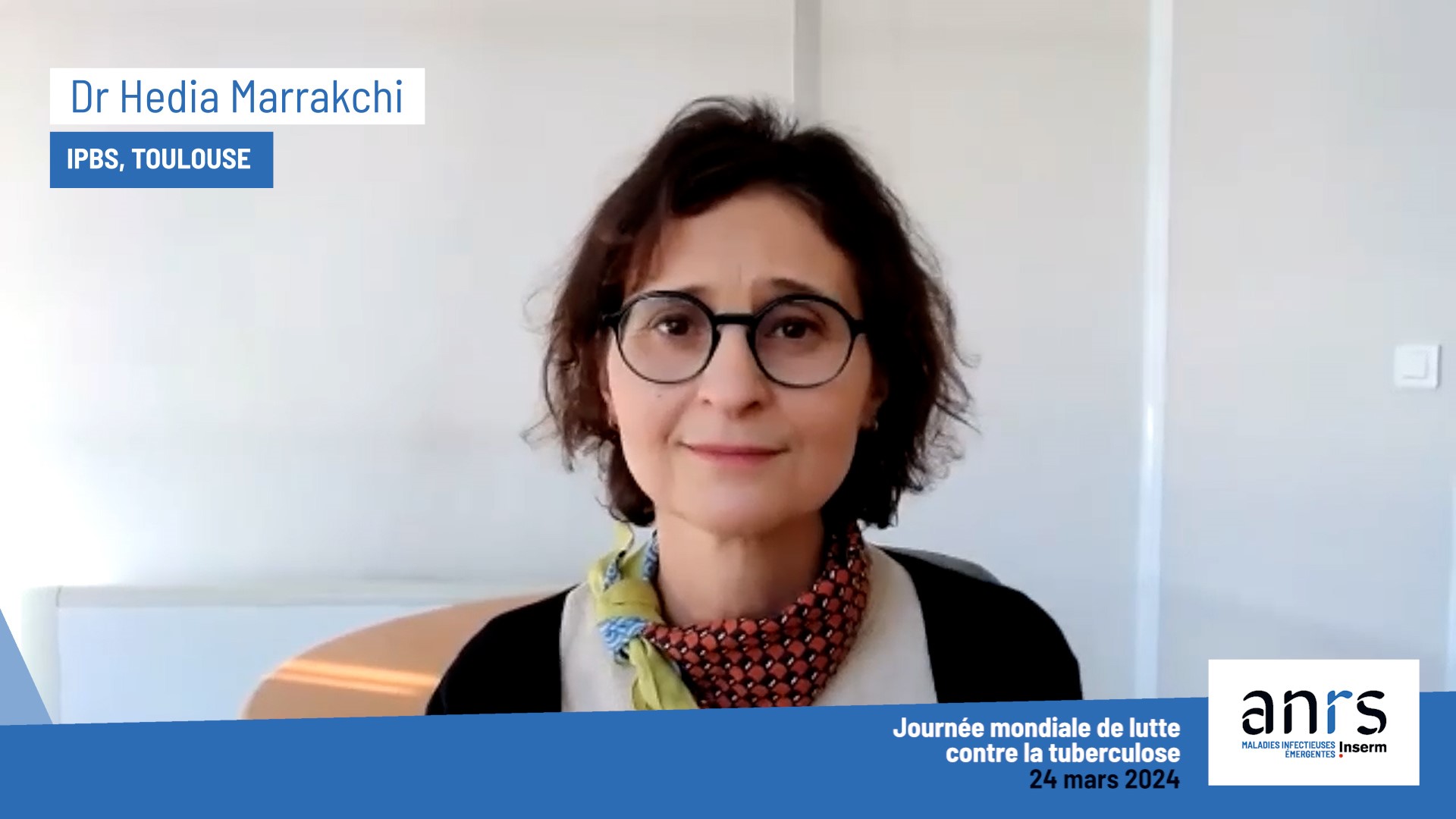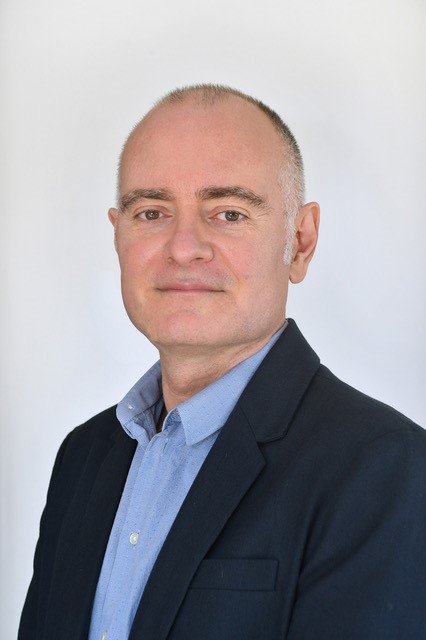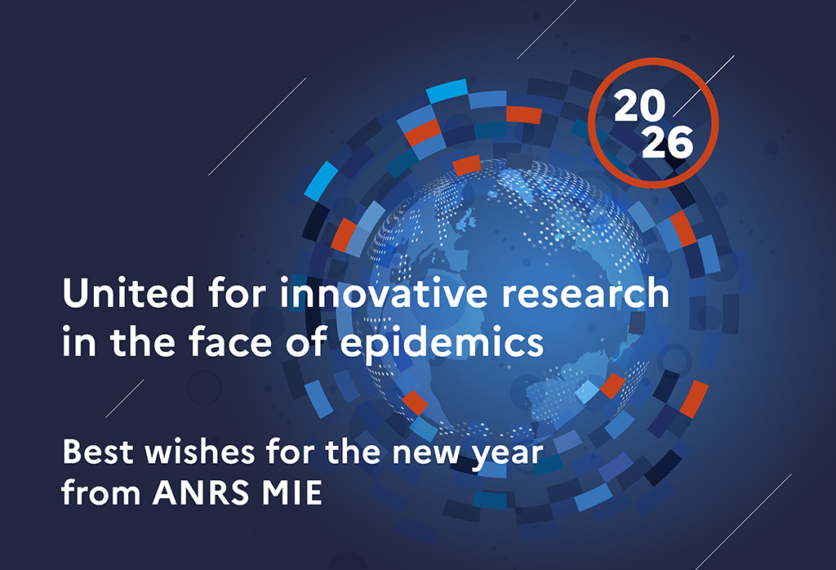
World Tuberculosis Day 2024
It was on 24 March 1882 that Dr Robert Koch announced his discovery of the bacillus responsible for tuberculosis.
Last updated on 22 March 2024
The theme of World TB Day 2024
The theme of this year is « Yes! we can end TB! ». In 2024, the focus is on implementing the commitments made by Heads of State at the United Nations Meeting in 2023 to eradicate tuberculosis as quickly as possible.
Impact of tuberculosis
Mortality remains high
An estimated 10.6 million people worldwide will have developed tuberculosis (TB) by 2022: 5.8 million men, 3.5 million women and 1.3 million children. TB is the second leading cause of infectious disease deaths worldwide, behind COVID-19 and before AIDS. A total of 1.3 million people died of TB in 2022 (167,000 of whom also had HIV infection). Ending the TB epidemic by 2030 is one of the health challenges included in the United Nations’ sustainable development goals.
Multidrug-resistant tuberculosis: a public health threat
Multidrug-resistant tuberculosis is a public health crisis and remains a health security threat threat. Only around two out of five people with drug-resistant TB had access to treatment in 2022.
The ANRS MIE commitment
To guarantee progress in reducing TB-related morbidity and mortality, it is necessary to maintain sufficient levels of funding over time. The ANRS MIE is committed to fighting TB by funding research projects and leading coordinated action groups composed of experts in the field.
To mark World TB Day, the ANRS MIE is presenting some of the major research projects currently underway, in particular on the management of TB in pregnant women and young children, and the search for new dual antibiotics or bio-inspired molecules to combat multidrug-resistant TB.




